Over the past few years, ceramics have quietly but steadily returned to the spotlight, often appearing where we least expected them. Yet this ancestral material – one of the very first humans used to craft both practical tools and symbolic objects – is no stranger to disaffection. Inevitably sensitive to the ebb and flow of what we call the “minor arts,” it has enjoyed a resurgence over the past decade, sparking a diverse wave of experimentation and revival, compelling not only for its design outcomes, but also for the reasons behind them.
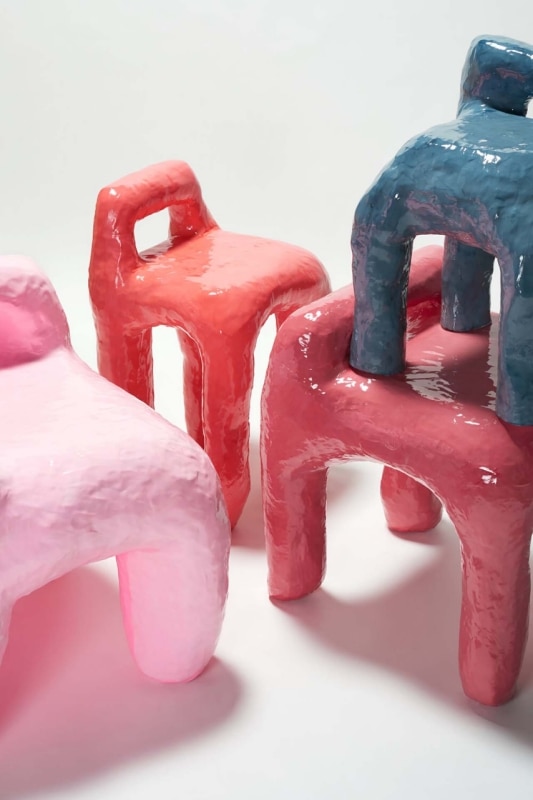
Beyond academic research, ornamental Moorish heads are popping up on television, and pottery studios are multiplying in our cities, inviting newcomers to turn casual interest into a favorite pastime. Where volume drives decisions, such as with global home‑goods giants, ceramics often turn into impulse purchases. After all, with homes getting smaller and big furniture purchases pushed off to a future that may never feel secure, younger generations are drawn to smaller, portable objects, more so than their parents ever were.
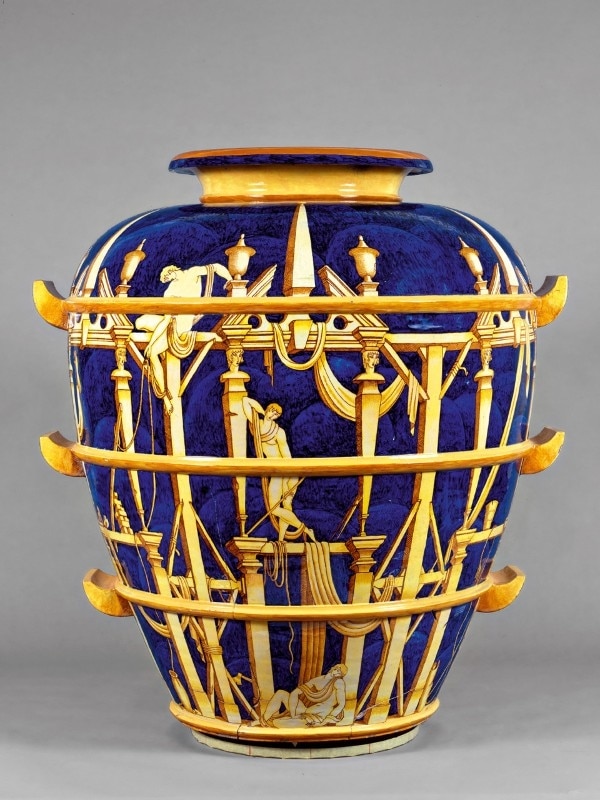
For emerging designers, ceramic design is a space for exploration
To understand this renewed fascination, it helps to look at a varied mix of recent yet non-exhaustive projects, both large and small, that have characterized the past few years through fresh insights.
Take Diego Faivre, a young French designer trained in Eindhoven, who developed his own playful “ceramic,” the Diego Dough, which he uses to coat chairs and tables in a style that’s deliberately uncertain, humorous, and spontaneous. His pieces are priced by the minute, emphasizing the time taken to create each one. Then there’s Valentina Cameranesi, whose abstract, hard-to-classify ceramic objects appear in galleries and at design weeks. Her work reflects an intellectual approach to concepts and ideas that transformed elsewhere.
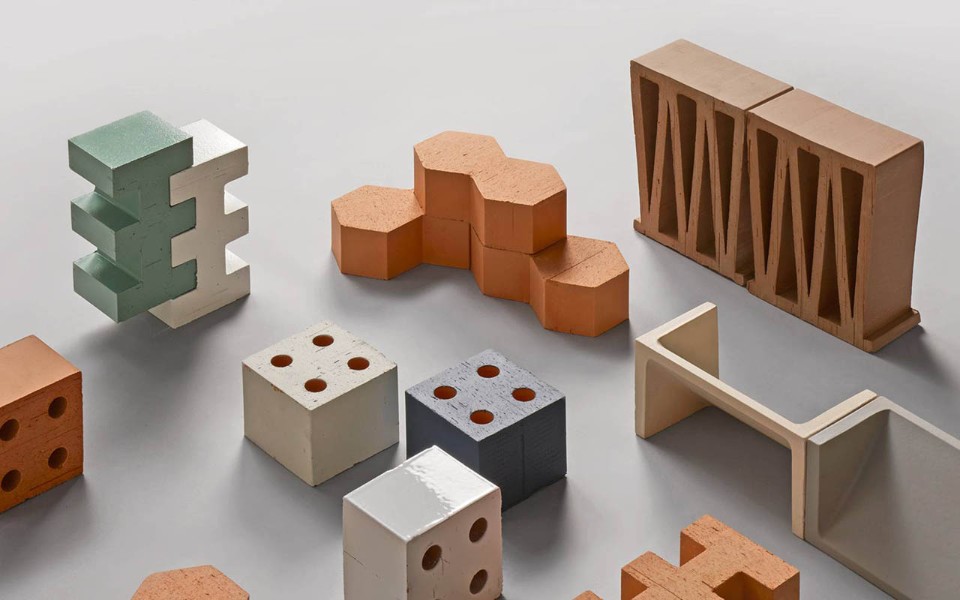
On a more industrial front, a new generation of designer-decorators – like Matteo Cibic with Paradiso Dreams or Elena Salmistraro, Pepa Reverter, and Jaime Hayon with Bosa – play with their ceramic pieces, infusing them with a joyful, figurative language, echoing the symbolic use of totems for their masks, statues, vases, and urns.
And while the renewed appreciation for 1970s and ‘80s design has turned iconic series – like Ettore Sottsass’s vases for Bitossi – into cult objects, the mass industrial ceramic producers are also expanding their vision, venturing beyond surface finishes into architectural design. Mutina’s recent brick collection, for instance – starting from Ronan and Erwan Bouroullec’s Bloc and Nathalie du Pasquier’s Brac – reimagines traditional Arab and Andalusian mashrabiya through a modern lens.
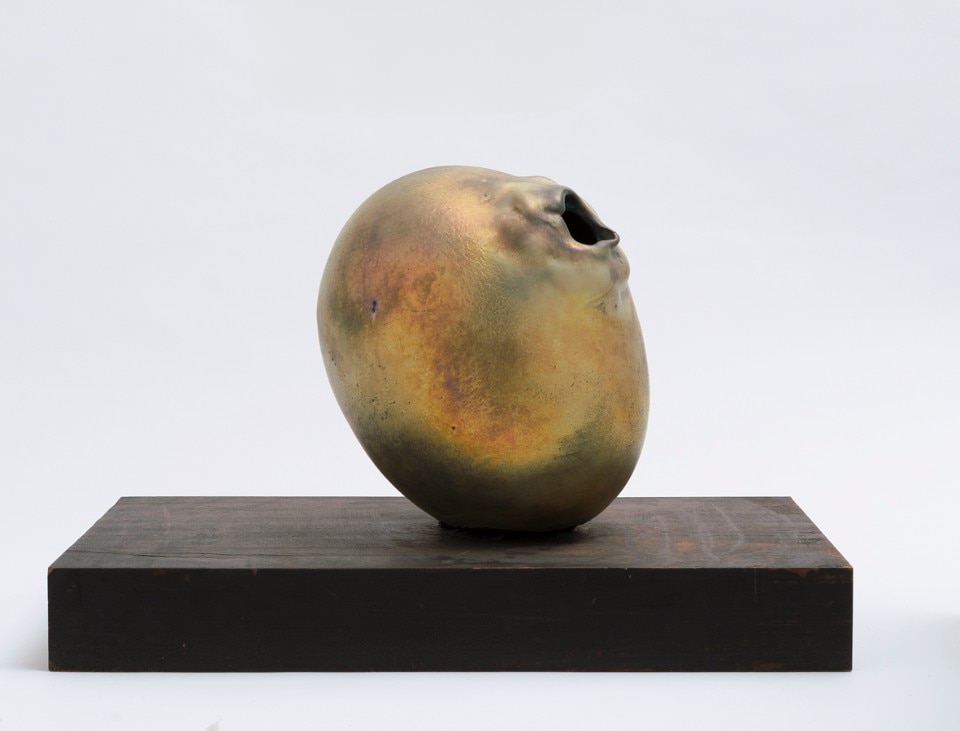
In recent years, classic furniture has been reinterpreted in ceramic. In 2018, Elisa Ossino made headlines with The Circle, a furniture collection defined by its generous minimalism. More recently, the German brand Pulpo enlisted Lorenzo Zanovello to design Chouchou, a line of sculptural stools (and tables) that rework the arch motif with raw, spontaneous craftsmanship. For Serax, Marie Michielssen created a ceramic stool shaped through extrusion, evoking another architectural motif, that of a column.
And what to make of the new ceramic lamps by Ronan Bouroullec, produced by Flos? The French designer gave them no elaborate name, just “Céramique,” a clear and unpretentious nod to the material itself. Material-wise, a surprising addition to the Italian company’s catalog, the lamp isn’t just a specific design solution; it’s a sign of the air du temps.
But then, what’s happening “out there”? Mainstream trends vs. an experimental market
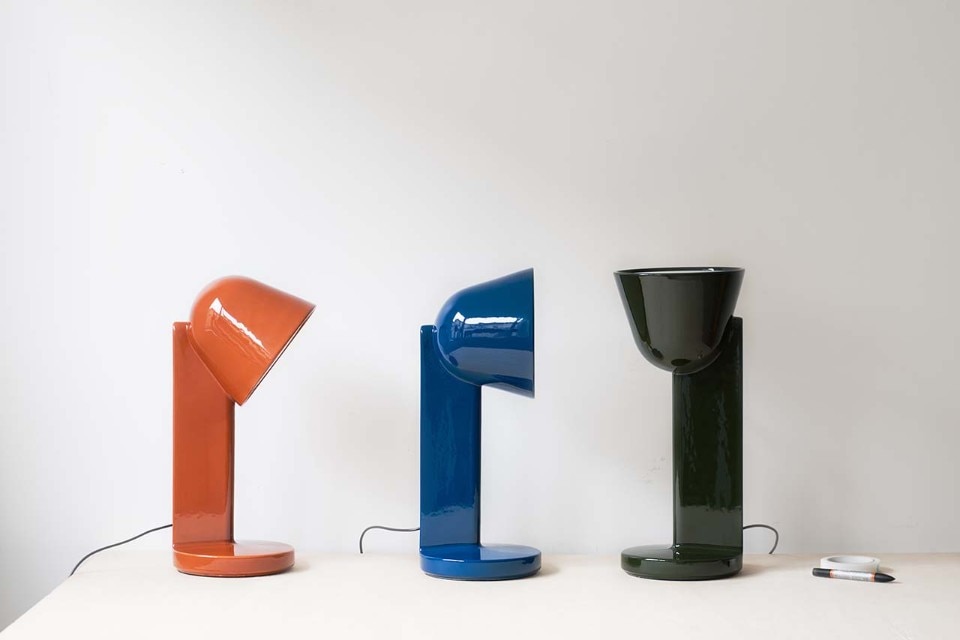
Beyond these authorial experiments, ceramics have quietly slipped back into the mainstream, creeping through the pages of interior design magazines like a soft, clingy blanket. They’ve become filler pieces, but also elegant tools of personalization. Vases and decorative objects now function as visual anchors, helping to frame the aesthetic identity of a space. Thanks to a savvy exercise in recontextualization, they act as bridges between old and new tastes, upending stylistic expectations in favor of unexpected, theatrical compositions. In this way, ceramics play a role similar to vintage clothing and accessories in fashion: that surprising je ne sais quoi, at least until the tactic is repeated too often and turns formulaic.
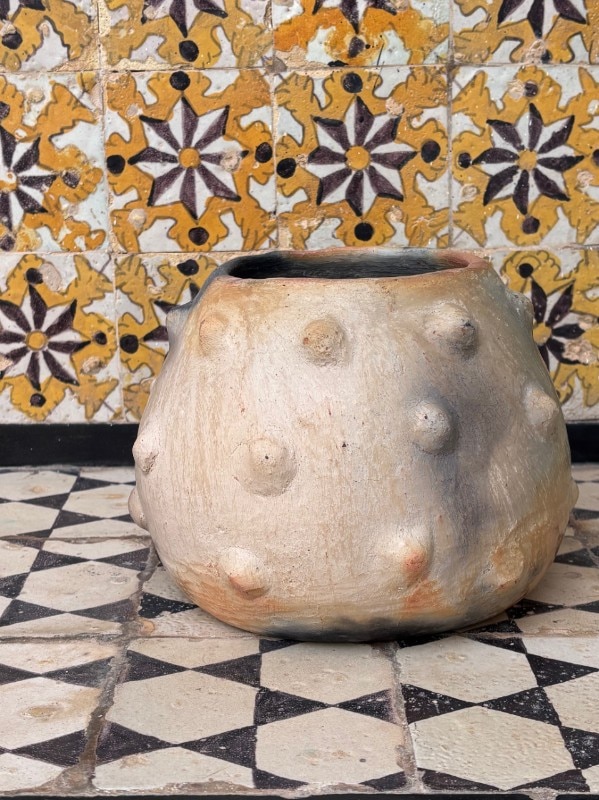
Meanwhile, the market isn’t sitting idle in the face of this renewed interest, recording small but consistent signs of growth across surprisingly diverse and wide-ranging sectors. Dedicated events are holding strong (like the International Biennial of Contemporary Ceramic Art in Faenza or the long-running Ceramic Brussels) while new, more avant-garde initiatives are also emerging (including Smoke, launched this year by Frieze in London, and Manifest Paris, debuting in October during Art Week). Even specialized galleries connected to the design world are showing signs of vitality, whether they are the well-established Fondazione Officine Saffi in Milan or rising players like Puls in Brussels. Even among consumer brands there are some using ceramics as a signature element: take Kave Gallery, for example, which features unique works by Javier Mariscal.
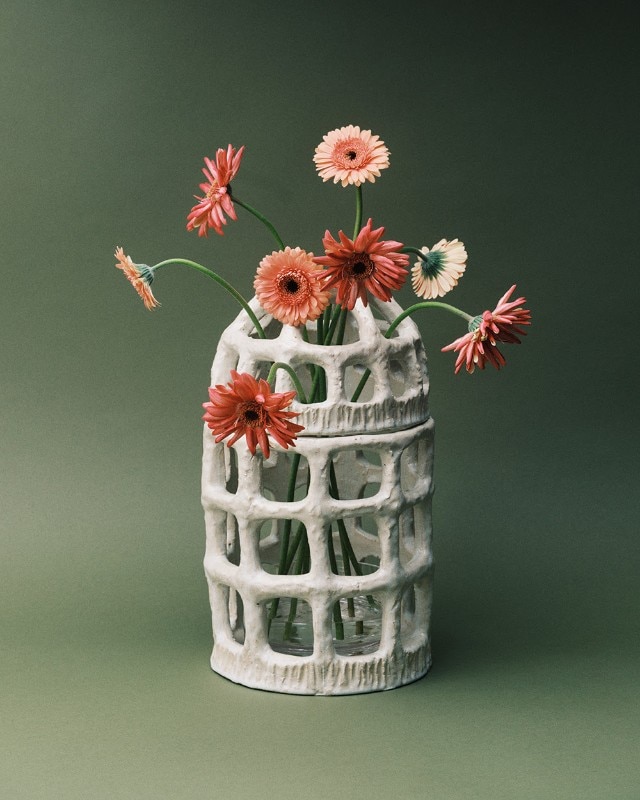
The key to understanding this phenomenon and its seemingly unflagging energy is remembering that, in a world increasingly dominated by screens and digital experiences, ceramics offer a tangible counterpoint to dematerialization and temporal blur. Solid and grounded, their tactile presence never loses its appeal. As Ettore Sottsass once wrote, ceramics are “older than all the poems that have been written, older than goats and cats, older than all houses, older than all metals. Ceramics are as old as mammoth teeth, as old as bear ribs, as old as reindeer antlers.” And it’s not the digitization of daily life nor even a few unfortunate decorative fads that will undermine ceramics of their enduring relevance after millennia of history.
.jpg.foto.rmedium.jpg)
Opening image: View of the exhibition “Art Déco. Il trionfo della modernità” (Art Deco. The Triumph of Modernity) curated by Valerio Terraroli, 2025, Palazzo Reale, Milan, Italy. Photo © Carlotta Coppo. Courtesy Palazzo Reale


